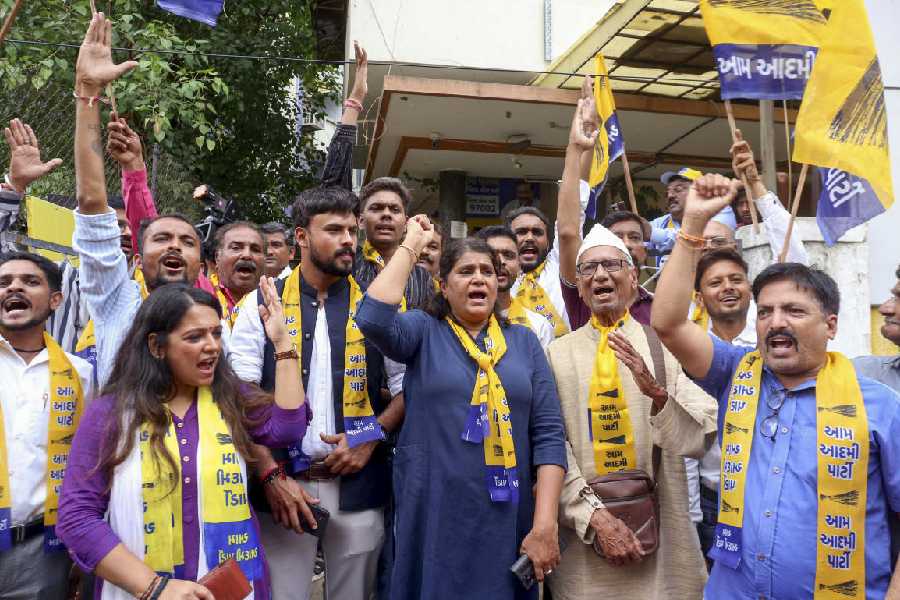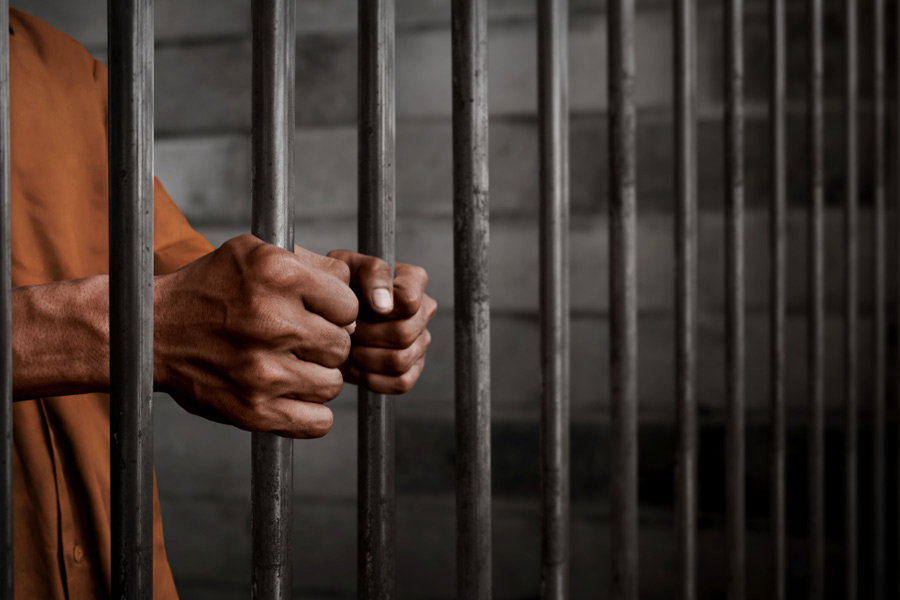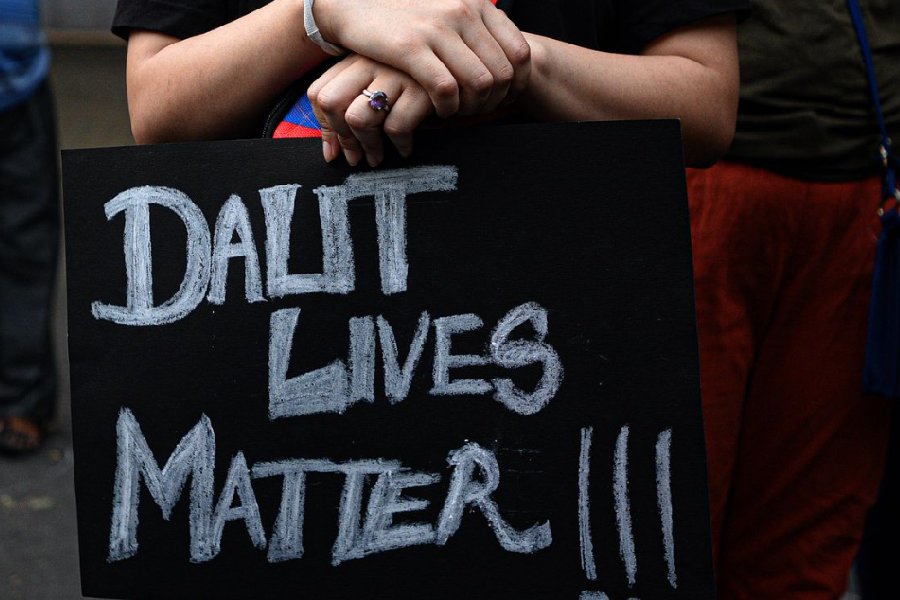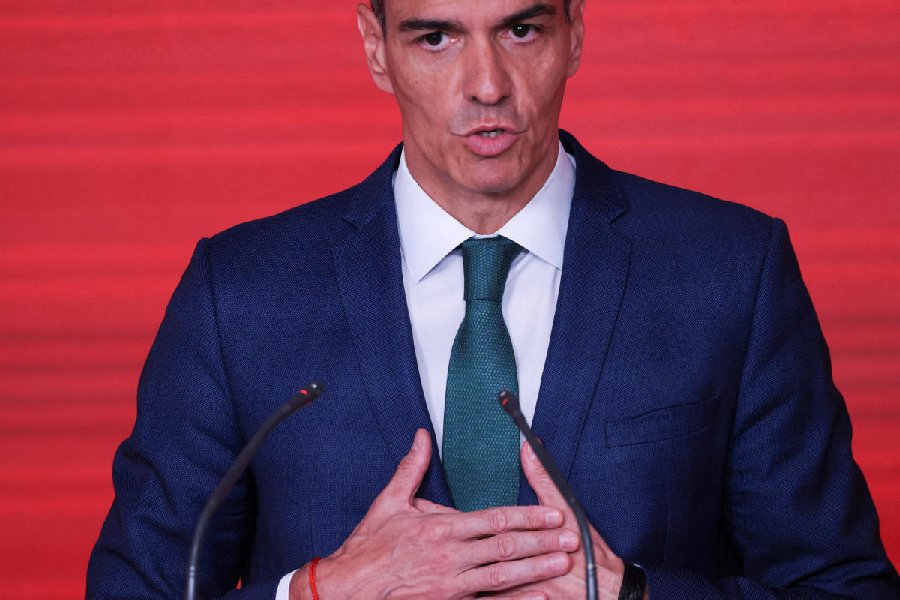Bhubaneswar, Sept. 2: One out of ten people above 60 years experience abuse in Odisha. This has been revealed from an extensive survey, “The Status of Elderly in Odisha-2011”, conducted by United Nations Populations Fund-India (UNFPA). The report was released by women and child development minister Usha Devi.
Elderly women are more prone to abuse than men, said the survey. While 9.5%women (10 in rural areas and 5.9 in urban areas) after the age of 60 years experience abuse, the corresponding figure for men is 8.7% (9.3 in rural and 4.3 in urban areas). The survey found that the least educated are the most abused. Prevalence of abuse is more among people aged 80 years and above.
For the very first time, such kind of a report has been prepared by the UNFPA covering seven states having a higher proportion of elderly population. Apart from Odisha, the other states that were surveyed were Kerala, Tamil Nadu, Maharashtra, Punjab, Himachal Pradesh and West Bengal.
The report says that nearly half of the elderly men continue to work in their old age due to economic compulsion and only 20% are found to be working out of choice.
The report also revealed that half of the elderly in Odisha are suffering from chronic morbidity, arthritis and hypertension. Diabetes and heart ailments are more common among the urban elderly. Although 75% of the elderly reside with their children, psychological trauma among them are found to be relatively high with the majority of them suffering from mental stress.
The study was undertaken by UNFPA India, in collaboration with Institute for Social and Economic Change, Bangalore, Institute of Economic Growth, New Delhi and Tata Institute of Social Sciences, Mumbai.
UNFPA representative for India and Bhutan, Frederika Meijer, said ageing is a silent revolution and many countries including India are not yet prepared for the rapid demographic shift.
Odisha has 3.98 million elderly persons aged 60 years and above, constituting 9.5% of the total population against the national average of 8.5%. Around 86% of the elderly live in rural areas.
The elderly population will increase to 6.27 million by 2016 and will constitute 13.8%of the total population.
The report suggested policy makers to consider various dimensions of vulnerability being faced by the elderly in the state, such as poverty, widowhood, high level of dependency and high health care costs.










